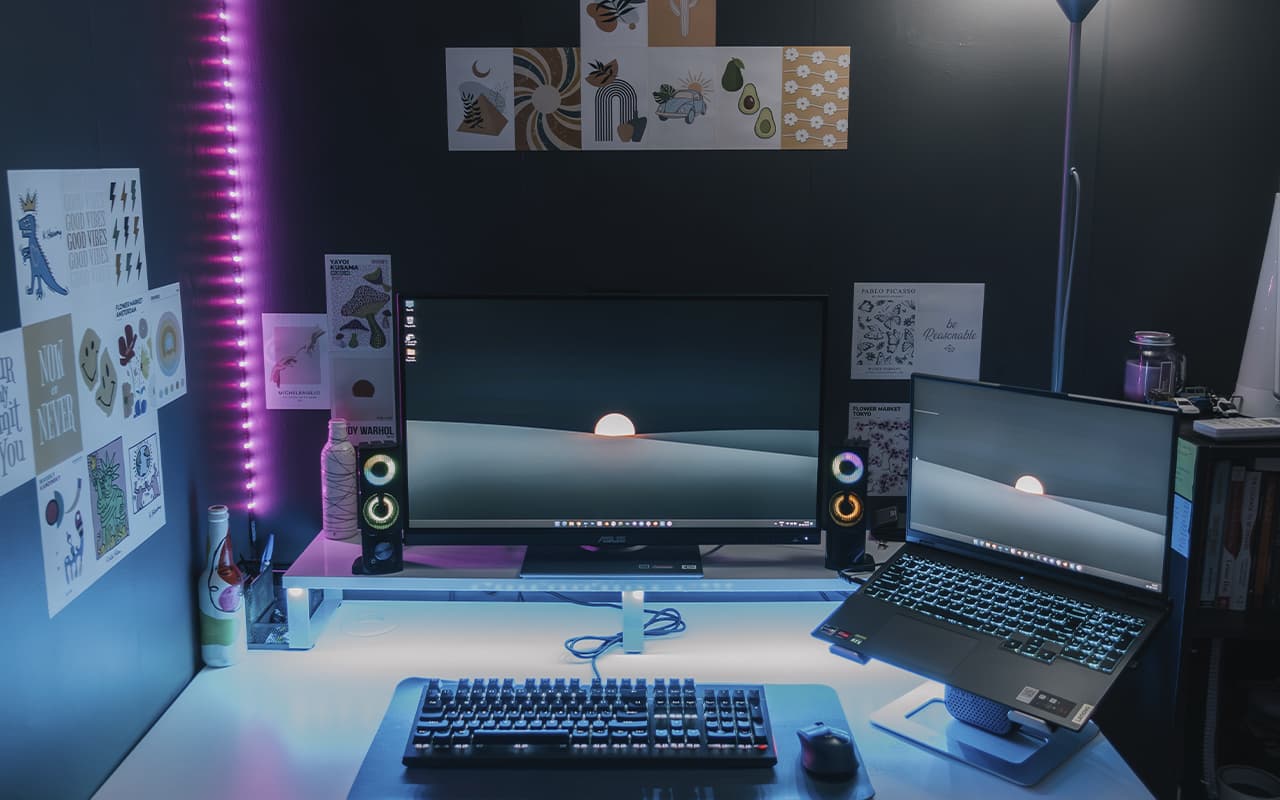Web design also affects the functional part of the site – speed, usability, navigation elements and other components. Let’s dwell on each of them in detail.
Navigation
Websites often consist of several pages – on large portals there may be several dozen of them. Quality navigation links these pages together and helps users get where they need to go.
Therefore, the navigation menu is one of the most important elements of the site. In fact, it is a map of the site, and helps not to get lost even on a very large Internet resource.
Depending on the design of the site, you can use one of the popular types of menus:
Classic menu. The most common version, located at the top of the site and is a horizontal sheet of links.
Floating menu. A menu that is anchored in a specific part of the screen, and remains in the user’s view even when they scroll down the site.
“Hamburger”. An icon consisting of three horizontal lines (which is an established menu symbol). When you click on the icon, it expands into a full menu. Usually located in the top left or right corner of the site.
Drop-down menu. A menu with additional parts that are displayed only when the user clicks or hovers over a specific location in the main part.
Side menu. A menu that sits on the edges on the left or right side of the screen.
Speed
No one likes slow websites. According to a study, websites that take more than 3 seconds to load have a 38% increase in bounce rate. It doesn’t matter how pretty a page looks – if it doesn’t display correctly and keeps the user waiting, they are very likely to close it after a few seconds.
Many factors can affect website performance, from the number of elements on a page to third-party applications.
SEO
SEO is about optimizing it in a way that raises it to the top of the query rankings on Google, Yandex, and other search engines. Since SEO directly affects the effectiveness of a website, it too can be considered a functional web design element.
To optimize SEO, add headings, alt-text to images, use meta tags, and choose a domain name that best represents your brand and business.
UX
UX (user experience) is a web design discipline that examines the logic behind users’ actions to ensure they have the most comfortable interaction with a website.
UX designers help to make sure that a website positively impacts the customer experience. To do this, pages must meet the following characteristics:
- Usefulness;
- Usability;
- Ease of search;
- Trust;
- Desirability;
- Availability;
- Value.
Nowadays, more than half of website traffic comes from mobile devices. Which means that for a website to be successful, you need to make sure that it displays correctly on smartphone and tablet screens.
Two approaches are used to translate a website from the desktop version to the mobile version: adaptive design and responsive design.
Adaptive design involves creating multiple versions of a site: for example, for different screen sizes or browsers.
Responsive design means creating one “flexible” version of the site, which changes depending on the screen size or even the position of the smartphone in the space.
